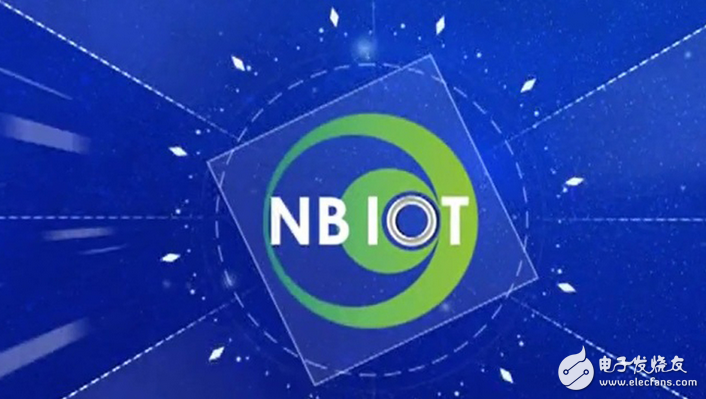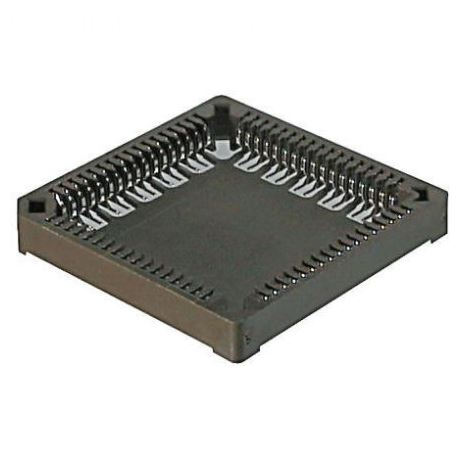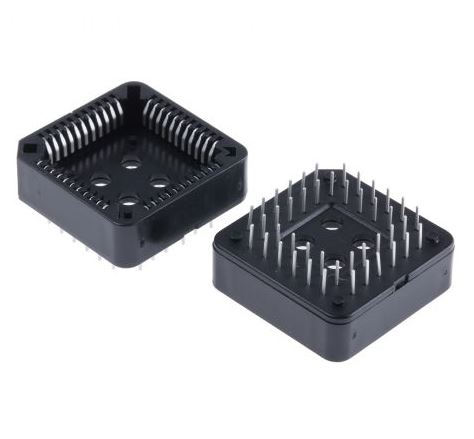A long "tail" of the Internet of Things will be pulled longer by NB-IoT, LoRa, low-power wide-area networks, and we need highly standardized and data services to achieve long tail operations.
As a typical feature in the network economy, the long tail effect provides a better perspective for the development of the Internet and mobile Internet industries. In the Internet of Things era, the integration of the Internet of Things and the national economy has made the long tail effect even more Obviously. In my opinion, with the commercialization of low-power wide-area networks such as NB-IoT and LoRaWan, the “long tail†part is being continuously stretched, bringing intelligent transformation to a large number of terminals. opportunity.

A diversified IoT world, the long tail effect is more prominent
Technology industry practitioners must be familiar with the "long tail effect". In 2004, Chris Anderson, editor-in-chief of Silicon Valley's well-known magazine "Connected", first proposed the "long tail theory": the protruding part from the middle of the normal distribution curve is called " "Head"; the relatively flat part of the two sides is called "tail". From the perspective of people's needs, most of the demand is concentrated in the head, while the demand distributed in the tail is personalized, scattered and small demand, and this Partially differentiated, small amounts of demand form a long "tail" on the demand curve.
The long tail effect is more prominent in industries with a network economy. Our well-known examples include Google advertising for ultra-low prices for mass SMEs, and sales of a large number of non-selling books by Amazon to 50% of total revenue. Undoubtedly, the characteristics of the Internet of the Internet economy are also very obvious, that is, the value of the entire network increases with the increase in the number of access terminals, so why is the long tail effect in the Internet of Things industry more prominent? We can look at it from the perspective of terminal and application ecology.
From the terminal point of view, the terminals of the Internet of Things show very obvious diversified features, forming a large number of personalized "tail" IoT terminal forms. In the era of mobile Internet, the mobile Internet faced terminals were mass-produced mobile phones and tablets. In the Internet of Things era, we could not find terminals of the same order as mobile phones. After the equipments of various industries access the network, they become "smart interconnection products", but the terminals in different industries are different. Although there are some homogenized terminals due to the characteristics of some industries, they cannot be called compared with the future 10 billion-level networked devices. For high volume terminals. Liu Gang, general manager of Intel China's online business department, once said, "How to use long tail theory to support intelligent hardware innovation? The article pointed out that the long tail of the Internet of Things/Intelligent Hardware actually represents a small market opportunity. It seems that the number of each field is not large, but the long tail is added together, and the total market capacity and market opportunities are actually very large. . The approximate long tail state can be seen from the following picture:
The diversification of terminals has formed a diversified demand for IoT applications and is a more diversified demand pattern than the mobile Internet. In the development of mobile Internet, people can generate rich applications on batch mobile phones and tablet terminals, forming a very typical long tail form; while the diversity of terminals in the development of Internet of Things will certainly give birth to applications richer than mobile Internet. It also makes the application part of the long tail more abundant.
In summary, the number of terminals accessing the network has increased and diversified, forming a long tail form of the terminal; applications running on diverse terminals are more abundant, further extending the long tail portion of the Internet of Things application.
Connect more fragmented applications, low-power wide-area networks stretch long tails
When low-power wide-area network technologies such as NB-IoT and LoRa are gradually commercialized, the shortcomings of the IoT communication layer are complemented, making device access more convenient, and the direct impact is more diversified terminals, allowing the long tail part to further extend.
Why is the low-power wide-area network extending the long tail of the Internet of Things? After the low-power wide-area network is commercialized, it solves the data transmission problems of meter reading, sensor connection and other applications, and also allows the vast number of unobtrusive devices to have access to the network, such as fire extinguishers in buildings, weather monitoring equipment in remote areas, The fire alarm equipment of the vast forests, etc., are not of the order of magnitude, but the data they produce play a huge role in activities such as production, life, and scientific research. Therefore, from the perspective of the number of terminals, when the NB-IoT and LoRa networks are deployed, there are more types of terminals that can access the network, but most of the terminals are not of a large order, and the types are diversified and small-scale. Promote the "tail" form of the IoT industry longer than before.
A large number of "negligible" terminal access networks, extending the long tail portion of the terminal, bring a more fragmented application form, that is, a large variety of terminals, but each type is not large, each forming a different application. It can be said that the low-power wide-area network makes possible more fragmented applications, making the long tail effect more obvious.
Zero, the value of standardization and data services
The existence of the long tail effect, the operation of the long tail part has always been one of the focuses of people. Most of the attention is focused on the “head†because the “head†can often bring in half the benefits; but if the “tail†group can be effectively integrated, the other half can be earned and the competition can be avoided. . In the Internet of Things market, the terminals and applications in the long tail part are scattered in various industries. How to “zero to complete†to achieve long tail management? For low-power wide-area networks, standardization and data services will bring value.
At present, there are hundreds of low-power wide-area network technologies arguing. Dr. Wu Shuangli is arguing over the end of low-power wide-area network technology. In the article, it is proposed that with reference to the mature WiFi development path, high standardization will be a necessary condition for the low-power wide-area network technology to win in commercial use. Faced with a large number of long-tailed terminals, in a highly standardized background, interconnection and intercommunication are easier to achieve. As a wide-area network, only a small number of technical standards will be eventually commercialized in the future, and commercial networks built with a small number of technical standards must also be complementary and interconnected, making it possible to operate long tail terminals and applications.
When the extended long tail part is connected to the network, the connection value is only the primary value when the device accesses the network. Network as a service has become an important business model of the current low-power wide-area network solution vendors, and the solution vendors have end-to-end (End-to-cloud) service capabilities, if you further explore the value of these long-tail terminals and the data behind the application, and provide the corresponding services, it is a method of integrating scattered terminals and applications, and also the operation of the long tail part of the Internet of Things.
Antenk PLCC connectors Series Sockets are low profile, thin wall sockets designed to convert plastic leaded chips to a thru-hole PCB format on a .100" centerline grid.Antenk's superior precision stamped contact design provides consistent, high retention contacts for all size chips.

PLCC Connectors -PLCCSockets
A PLCC socket is a component that connects a chip carrier to an electronic circuit via surface-mounting or through-hole technology.
Plastic leaded chip carriers (PLCCs) are used in surface-mount technology where electronic circuits are produced, and components need to be mounted or placed directly onto a printed circuit board (PCB). The chip carrier is placed in a PLCC socket, which is either surface-mounted or features through-hole technology. A specialised tool called a PLCC extractor is needed to remove the chip carrier from the PLCC socket.
What are PLCC sockets used for?
PLCC sockets are used in surface-mount device (SMD) and surface-mount technology (SMT) applications. PLCC sockets made of heavy gauge copper alloy are compatible in high shock / high vibration applications. PLCC sockets made of rolled-leaf copper are useful in low-cost computer applications.
Types of PLCC sockets
The two primary categories of PLCC sockets are:
Surface-mount PLCC sockets, which are used in devices sensitive to heat from the reflow process. These allow for component replacement without redesigning or reworking the entire PCB.

Through-hole technology PLCC sockets are necessary when a device requires stand-alone programming with flash drives or memory devices. These are also beneficial for prototyping activities where wire wrapping is required.

Plcc Socket,Plcc Connector,Plcc Socket Connector,Smd Plcc Connector,PLCC Connector DIP,PLCC Connector SMT
ShenZhen Antenk Electronics Co,Ltd , https://www.antenk.com